Bajaj Pulsar NS400Z vs TVS Apache RTR 310 Spec Comparison: Which One Should You Buy?
Now that Bajaj has finally introduced its 400cc largest Pulsar to the Indian market, let's see how it stacks up against one of its main competitors, the TVS Apache RTR 310 on paper.
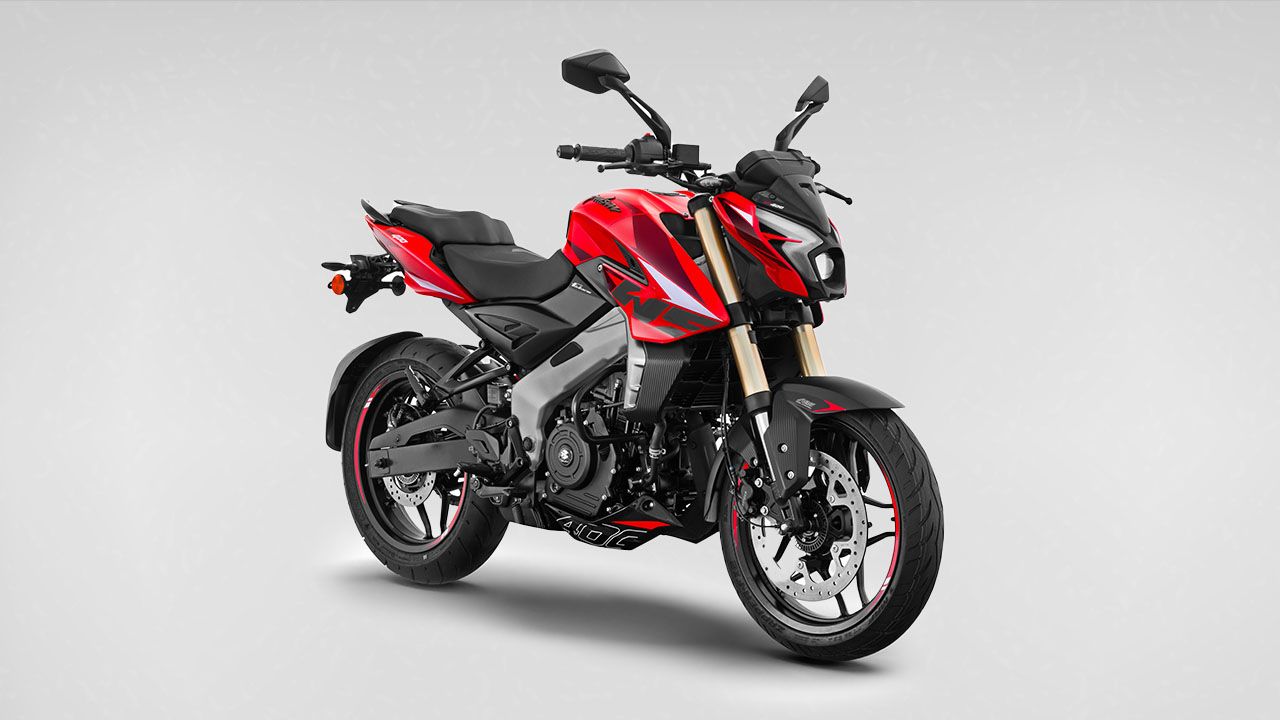
The Bajaj Pulsar NS400Z is a breath of fresh air in the competitive 400cc segment, with an attractive introductory price of Rs 1.85 lakh (ex-showroom). Its bookings are currently underway for Rs 5,000 and deliveries are scheduled to begin in June's first week. The biggest capacity competes with models such as the Hero Mavrick 440, KTM 390 Duke, Triumph Speed 400, TVS Apache RTR 310, and the company's own Dominar 400. For now, we get the NS400Z into the ring with the TVS Apache RTR 310 to see which is better on paper.

Bajaj Pulsar NS400Z vs TVS Apache RTR 310: Price
The Pulsar NS400Z, with an introductory price of Rs 1.85 lakh, is one of the most affordable 400cc motorcycles in the country. It significantly undercuts the TVS Apache RTR 310, which is priced between Rs 2.43 lakh and Rs 2.64 lakh, depending on the version.
Also Read: autoX Awards 2023: TVS Apache RTR 310 Performance, Quality and Value for Money Ranked
Bajaj Pulsar NS400Z vs TVS Apache RTR 310: Appearance
The new Pulsar NS400Z adopts the familiar 'NS' design philosophy. Its front portion is defined by a single LED projector headlamp with two lightning bolt-shaped LED DRLs on both sides. Other noticeable features include a powerful and sculpted fuel tank with large tank extensions, a split seat, and LED taillights.
On the other hand, the RTR 310 reflects its Apache origins with its strong streetfighter character. It features a low-slung front, a sturdy fuel tank with sharp extensions, and a pointed tail portion. The front end has a strong, dominating appearance, while the remaining bodywork looks sleek and slim.
While the Apache RTR 310 is available only in three colours—Sepang Blue, Arsenal Black, and Fury Yellow—the Pulsar NS400Z comes in four shades: Glossy Racing Red, Pewter Grey, Metallic Pearl White, and Brooklyn Black.
Bajaj Pulsar NS400Z vs TVS Apache RTR 310: Features
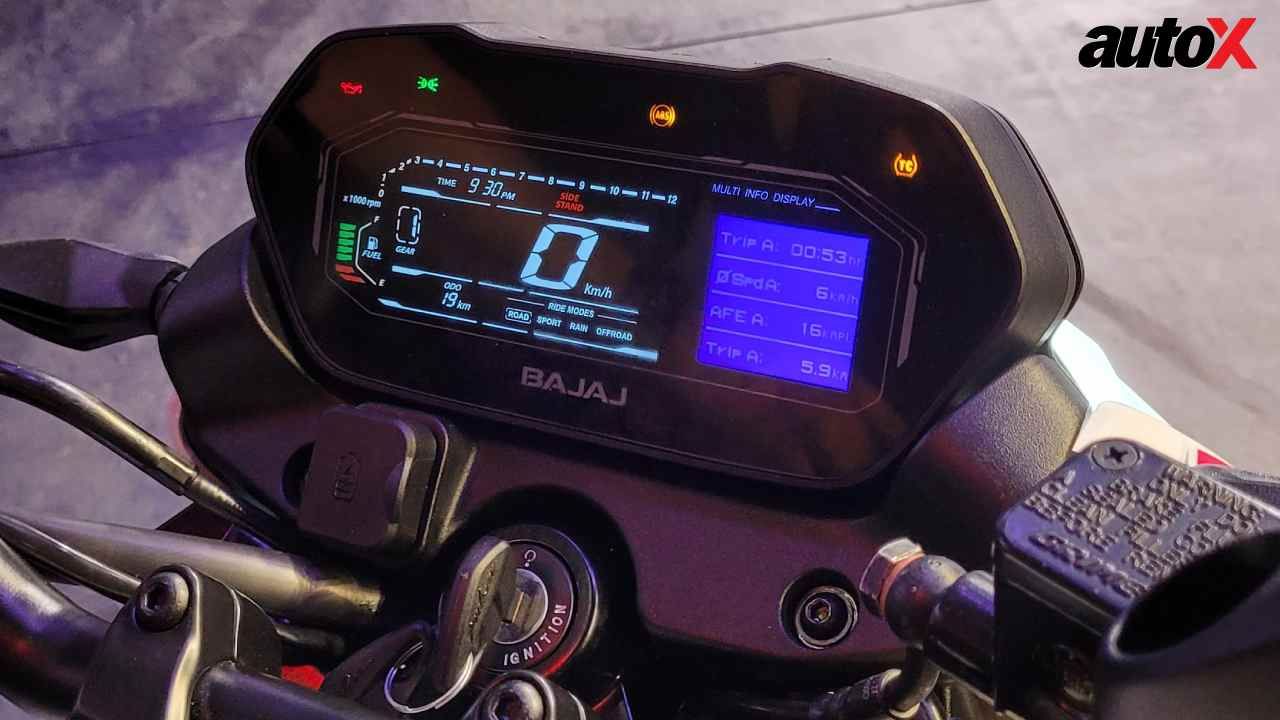
The Pulsar NS400Z is equipped with four ride modes (Road, Rain, Sport, and Off-road), LED lighting, dual-channel ABS, and switchable traction control. Moreover, it has an LCD unit with Bluetooth capability and turn-by-turn navigation. The motorcycle also features a 5-step adjustable brake and clutch levers.
In contrast, the TVS Apache RTR 310 has a 5-inch TFT instrument console with a smartphone and a GoPro connection. It is equipped with full LED lights, cruise control, and five riding modes: track, urban, rain, sport, and supermoto. With the Pro package, the TVS bike gains a six-axis IMU device for cornering ABS and cornering traction control in addition to an optional climate-controlled seat. It offers a bi-directional quickshifter and a tyre pressure monitoring system as a part of the optional Dynamic kit. As you can see, the TVS machine outshines the Bajaj bike in terms of features.
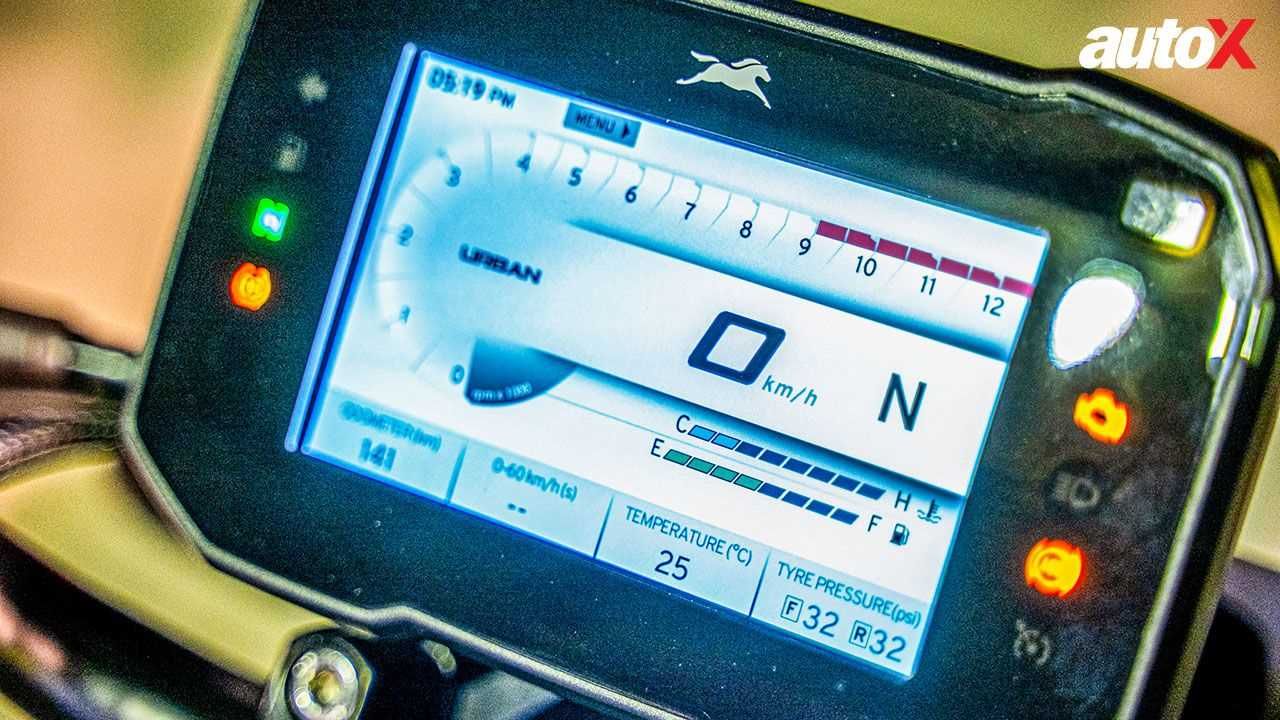
Bajaj Pulsar NS400Z vs TVS Apache RTR 310: Engine
The largest Pulsar is propelled by a 373cc engine that produces 39.4bhp at 8,800rpm and 35Nm at 6,5000rpm. It comes with an assist and slipper clutch and a six-speed gearbox.
On the other hand, the RTR 310 is powered by a 312.2cc, single-cylinder, liquid-cooled motor that generates 28.7Nm at 6650rpm and 35bhp at 9700rpm, mated to a six-speed transmission.
With a larger engine that produces greater power and torque, the Pulsar NS400Z is clearly the strongest motorcycle in the category.
Bajaj Pulsar NS400Z vs TVS Apache RTR 310: Hardware
The NS400Z features a gas-charged monoshock with configurable preload and a 43mm upside-down fork. It has a 320mm front disc and a 230mm rear disc for braking.
Meanwhile, the TVS Apache RTR 310 sports a completely adjustable 41mm upside-down (USD) fork and a monoshock that can be adjusted for preload and rebound. It comes with dual-channel ABS as standard and petal disc brakes (300mm front) and (240mm rear).
Also Read: Bajaj's First CNG Bike to Launch in India on June 18: Here's What You Need to Know
The Pulsar NS400Z and the Apache RTR 310 both have 17-inch wheels, but the former has MRF tyres and the latter is equipped with Michelin Road 5 tyres.
-(1).webp)
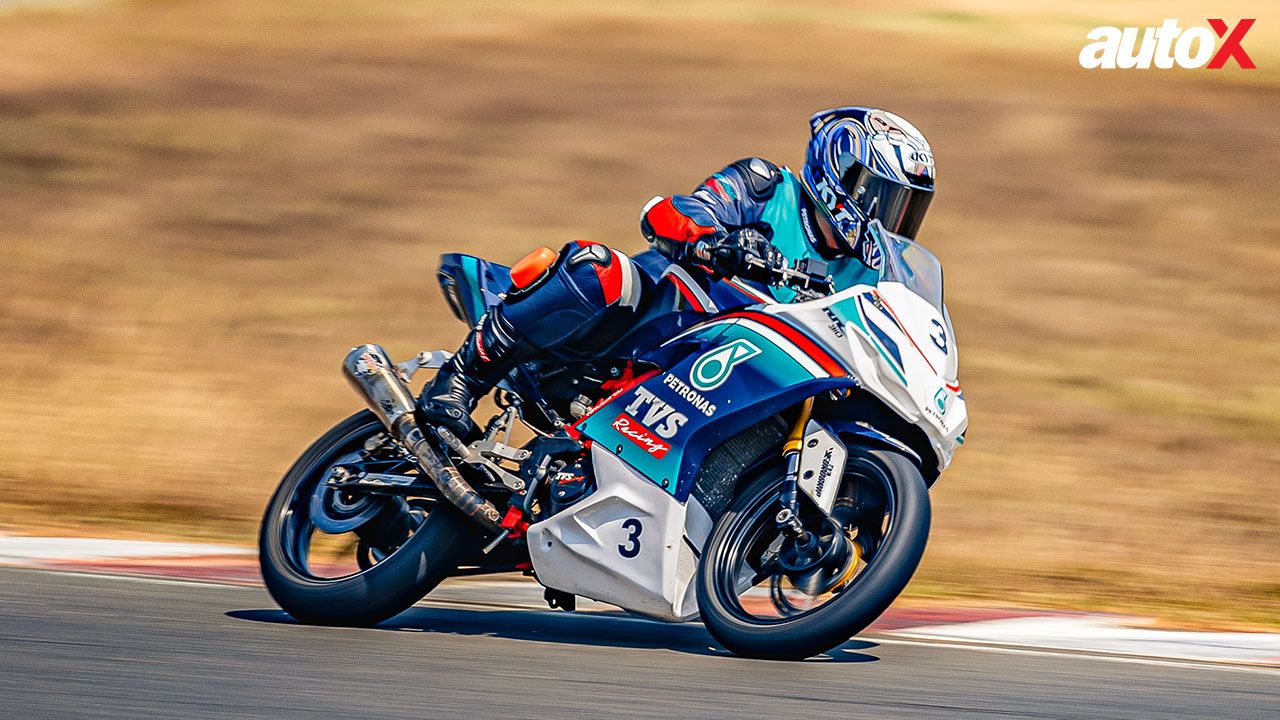
.webp)
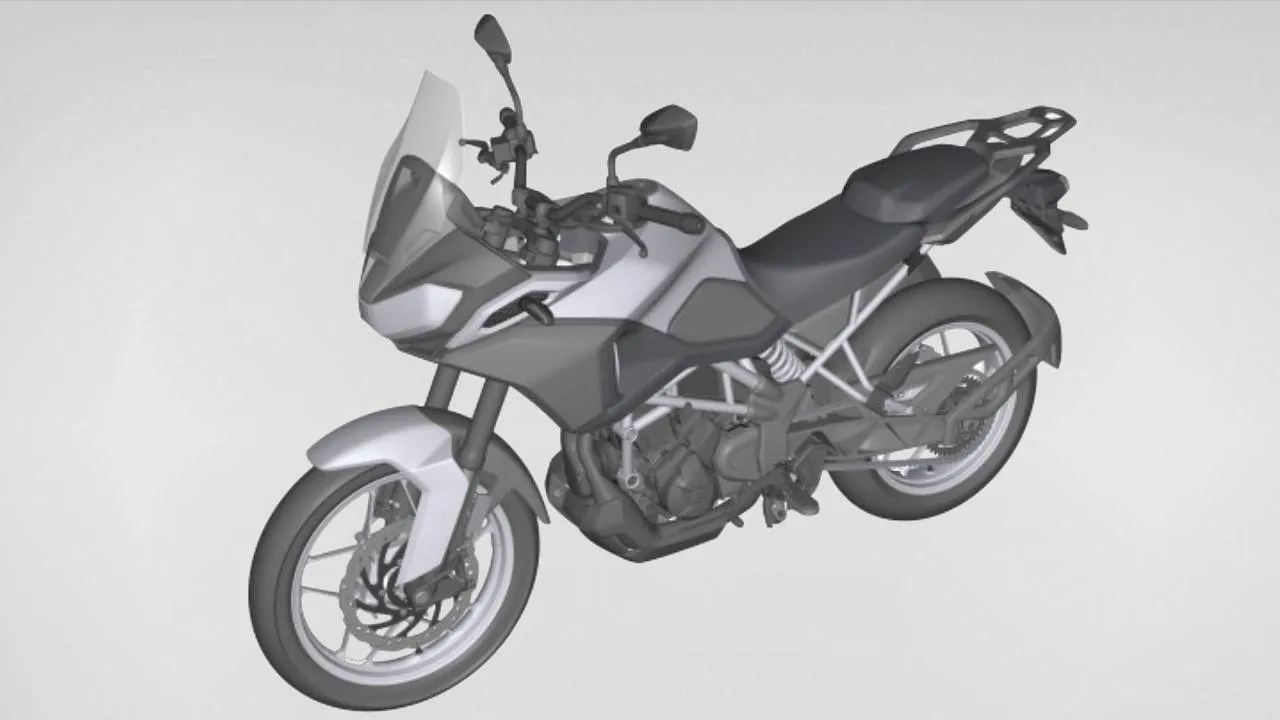
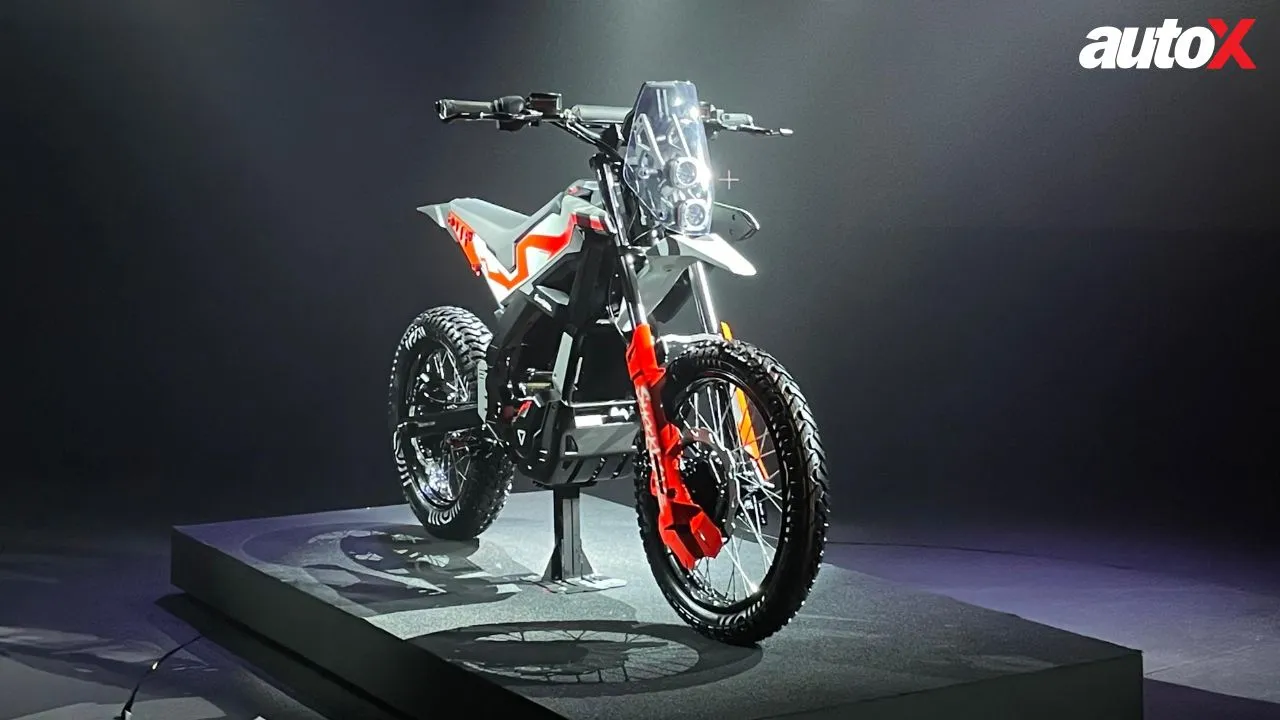

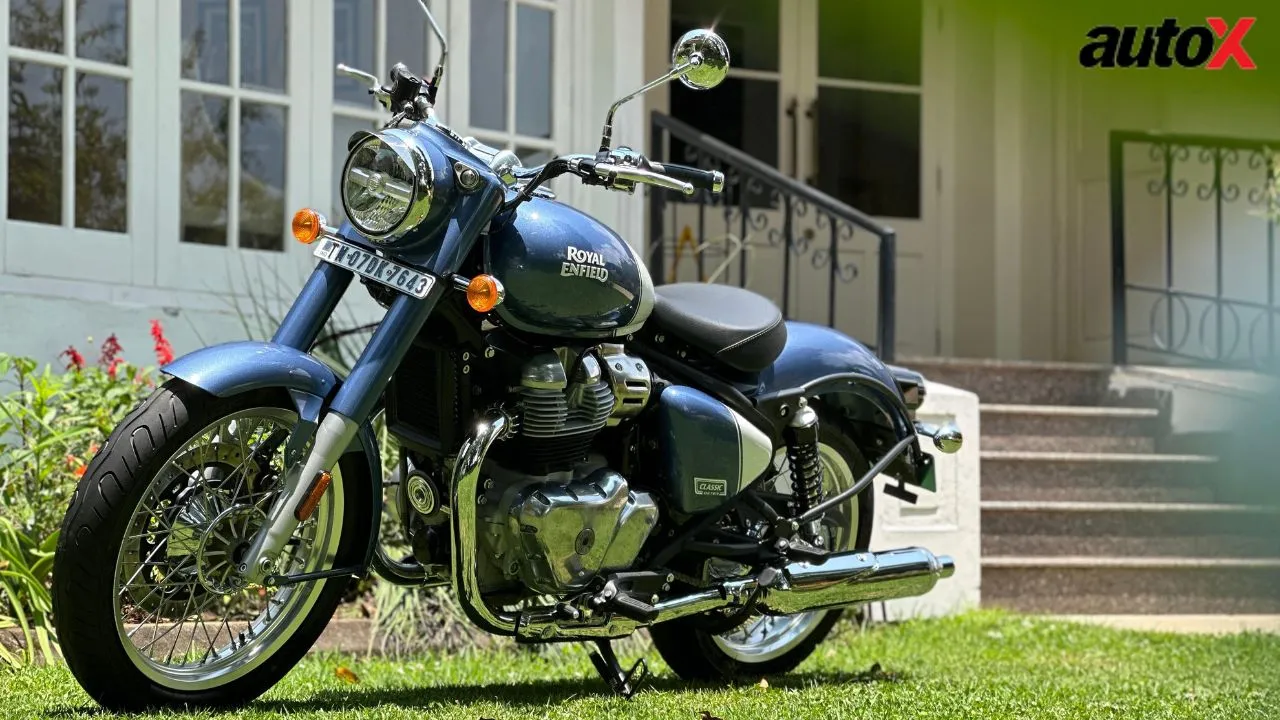
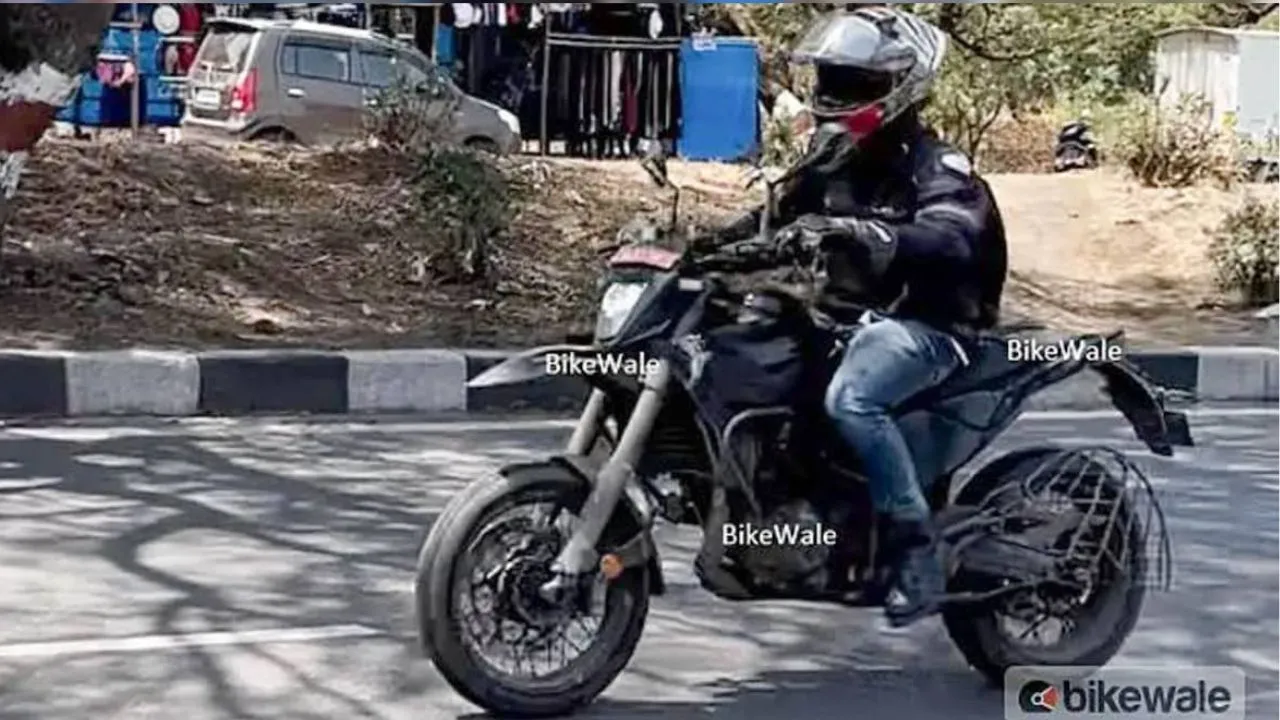
-(1).webp)



















Write your Comment on